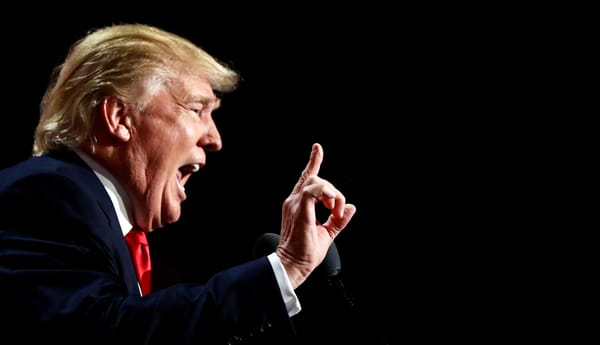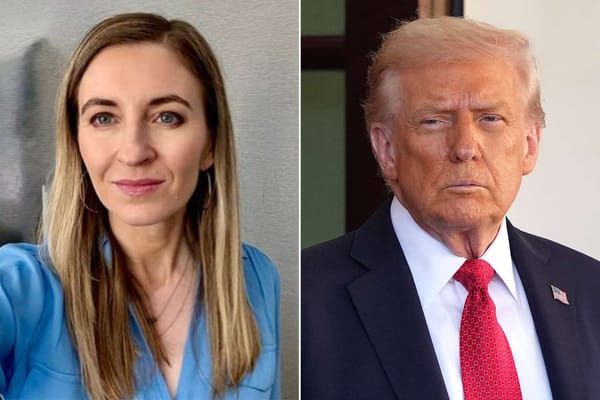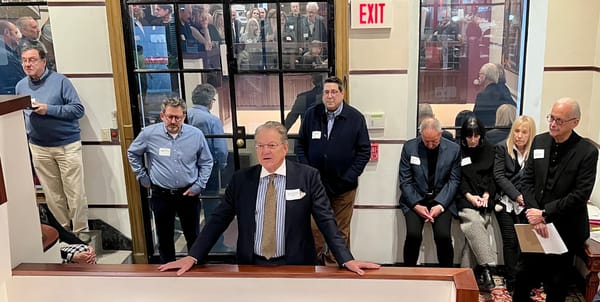Solutions: How to close the wealth gap
ChatGPT divided the possible cures between the realistic and the transformative.
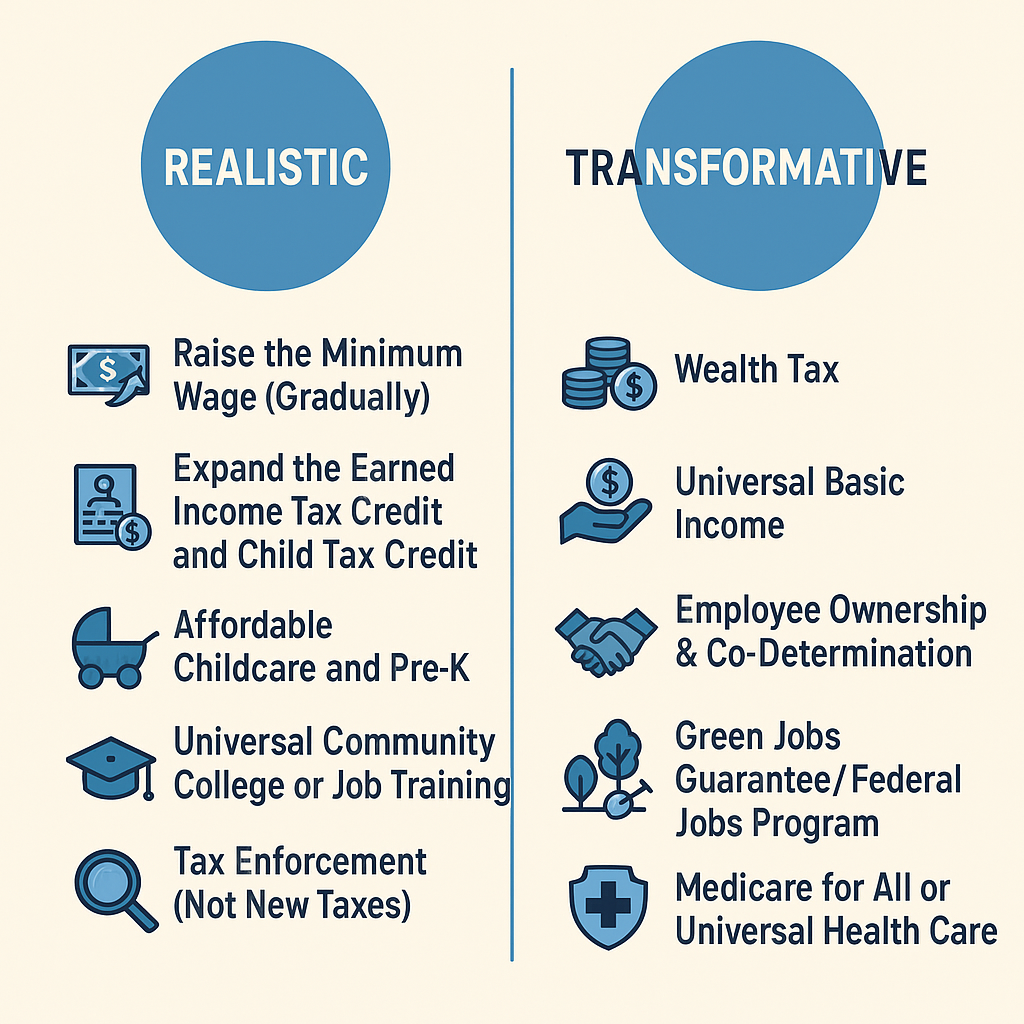
As promised last time, here’s the economics behind the unequal distribution of wealth in America, plus the possible remedies — from doable to immensely challenging.
After America led the Allies to victory in World War II, we entered a golden age, with broad-based, equitable growth, with relatively low inequality. (The post-war tide did not lift all boats, with nonwhites not doing as well as white America.)
That boom lasted until the 1970’s, when the compensation of the top earners, those in the executive suite, began to outstrip the take-home pay of those on the factory or showroom floor.
This doesn’t mean the middle- and lower-class did not earn more money. They did, but purchasing power was stunted by the rising cost of living. The middle and low did a little better, while the top did a lot better.
This continued for decades, bringing us to today, when the top 1% of Americans control about 30% of the nation’s wealth.
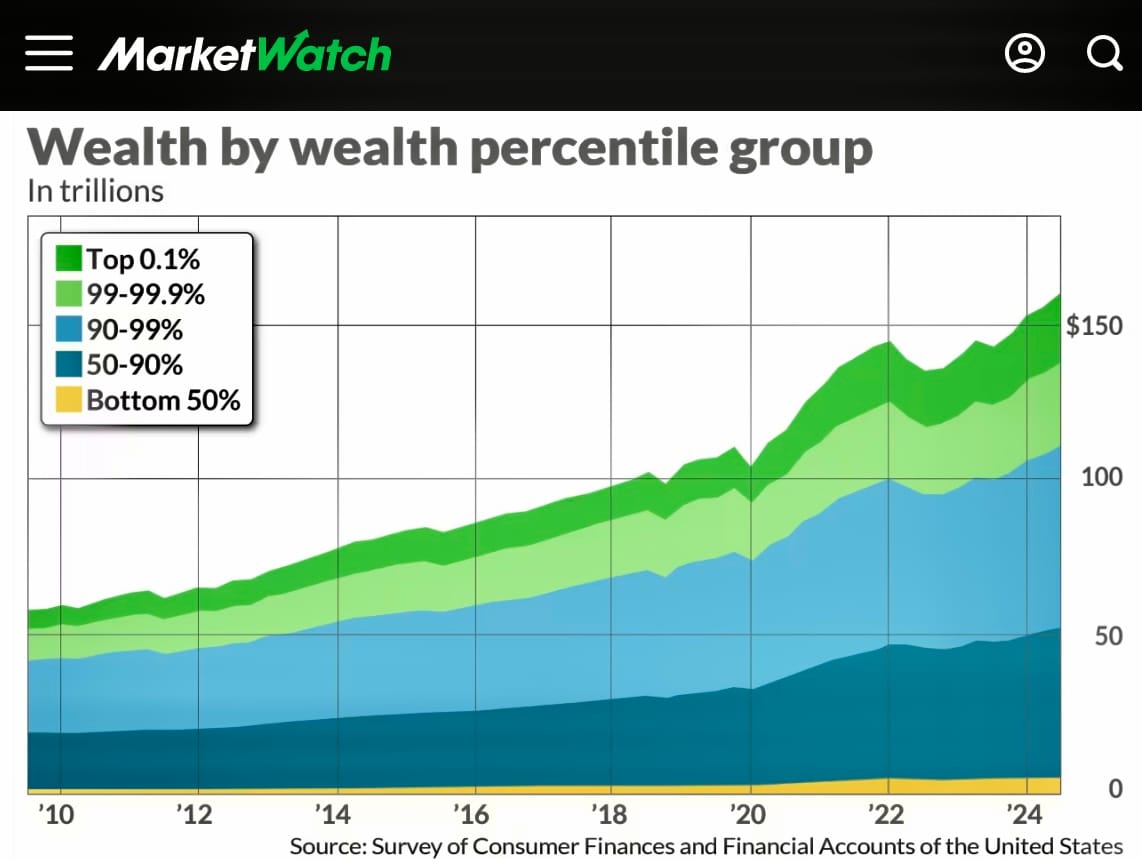
This chart illustrates the explosive growth of the super-rich.
Some, mostly the rich and conservatives, shrug and say “So what?”
That’s the effect of a free-market economy, they say. Except that the market is not always as free as it seems.
A Facebook friend, perhaps with tongue in cheek, says if there is an unequal distribution of wealth, there is also an unequal distribution of debt, and if we cured that, we would cure the other.
In other words, many Americans struggle with medical debt, and even more with mortgage debt. Eliminate that, and — bingo! — so many millions become wealthier.
You can ponder that.
The problem of unequal distribution is easy to illustrate. But what is the cure?
Because I am not trained as an economist, nor as a political analyst, I turned to my new friend — Artificial Intelligence.
And ChatGPT divided the possible cures between the achievable and the transformative. I am aware of the blind spots of AI, but everything here I have seen expressed elsewhere.
As a moderate, and a realist, I prefer the first grouping, but the solution can be ala carte, selecting the proposals you like best from Menu A and Menu B. (I like 3 and 5 from Menu B.)
🔹
Menu A: Realistic (Politically Feasible)
These policies have some bipartisan or moderate support and could be expanded through executive action or modest legislation.
1.
Raise the Minimum Wage (Gradually)
- Example: Raising to $15/hour, phased in over several years.
- Effect: Helps low-income workers without major economic disruption.
2.
Expand the Earned Income Tax Credit (EITC) and Child Tax Credit
- Both have Republican and Democratic support historically.
- Effect: Directly boosts income for low- and middle-income families.
3.
Affordable Childcare and Pre-K
- Framed as pro-family and pro-economy.
- Effect: Improves labor force participation, especially for women.
4.
Universal Community College or Job Training
- More likely than full college debt forgiveness.
- Effect: Expands access to upward mobility.
5.
Tax Enforcement (Not New Taxes)
- IRS funding to catch tax evasion among wealthy individuals.
- Effect: Raises revenue without new taxes; politically safer.
🔸
Menu B: Transformative (Politically Challenging)
These ideas would reduce inequality more aggressively but face resistance from powerful interests or ideological opposition.
1.
Wealth Tax (e.g., on fortunes over $50 million)
- Proposed by economists like Emmanuel Saez and Thomas Piketty.
- Effect: Tackles extreme wealth concentration directly.
2.
Universal Basic Income (UBI)
- Regular cash payments to all citizens regardless of income.
- Effect: Could drastically reduce poverty and cushion job displacement from automation.
3.
Employee Ownership & Co-determination
- Requires companies to let workers own shares or vote on corporate boards.
- Effect: Builds wealth for workers and changes power dynamics in companies.
4.
Green Jobs Guarantee / Federal Jobs Program
- Inspired by the New Deal.
- Effect: Reduces unemployment while addressing climate change and inequality.
5.
Medicare for All or Universal Health Care
- Could dramatically reduce out-of-pocket costs and medical bankruptcy.
- Effect: Indirectly raises disposable income for lower-income households.
——
There you have it. The floor is open. I’ve done my part. What ideas do you like best?
